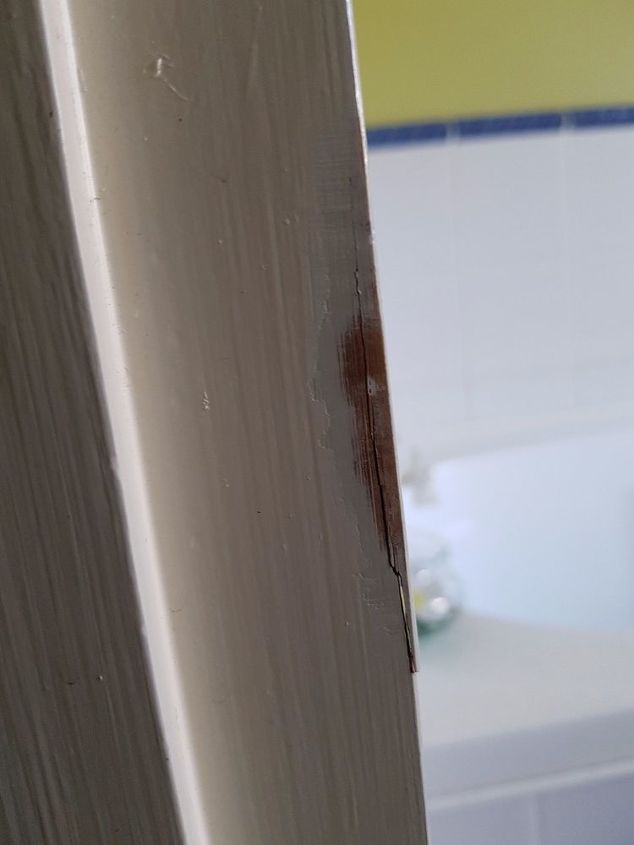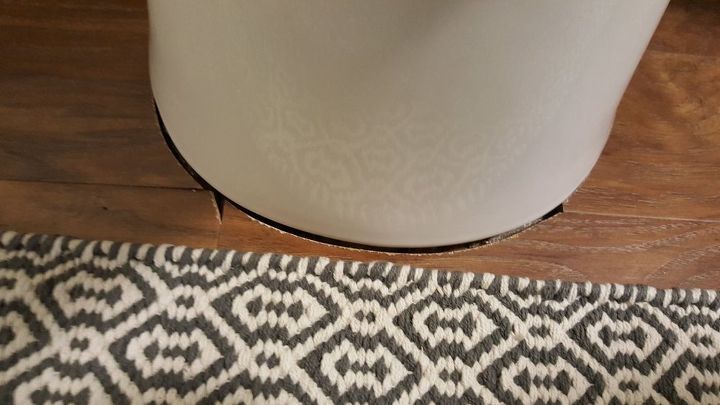Tool used for creating subway tile look in plaster

-
you can simply use a old can opener. Grind the point down slightly so its flat. This will provide you with a tiny flat spot in the center with two angled edges much like tile looks like. This is a easy job if you have someone to assist you. Using a flat board that is straight hold that tightly to the wall so it does not shift when you scrape the grove. Use firm but not hard pressure and try not to go over the same spot again
 Woodbridge Environmental Tiptophouse.com
on Jul 19, 2014
Helpful Reply
Woodbridge Environmental Tiptophouse.com
on Jul 19, 2014
Helpful Reply -
-
The few paragraphs below was taken from a thread on one of the older This Old House sites. The difficulty you will have to match the grove with what ever tool you use. So there is really nothing special about the tool that you use, other then it needs to match the type of groove it is that you have. Remember because there was no special tool for this, it was built on site. Perhaps a wooden dowel was carved, or something that they had lying around was used. The bottom line is your not going to purchase this tool as it was unique to the job it performed. I would suggest however if you go to a craft shop where you can purchase tools for plaster or clay carving, you may find something that may be really close to the lines you have. The grooving is done after the plaster has hard enough not to be damaged by placing a straight edge against it. Once is sets up you can make the marks, Then after several hours later it will become hard enough so the surface is not easily marked. Here is what I found on line. My plaster was scored with a double line (as if a bobbypin was used to draw the lines), I held a level against the line while running an orange stick back and forth to clean out the line, using the level to guide the stick. An orange stick, in case you don't know, is a small wooden stick with tapered ends usually used for manicures (which makes it really odd that I had any). The plaster used on those bath room walls was most likely Keene Cement which is not readly available on todays market it would require a special order to get in most places. If anyone is going to repair this type plaster I would reccomend the use of some kind of Venetian Plaster with a sealer. Check some of these. Baldina wax for Venetian plaster - Altova Venetian Plaster & Viero Wax --- AQUA WAX LITEX Venetian plaster. To score the joints someone said looked like they used a bobby pin that can be used a steel nail or a bent all thread rod sized to joint. You can also bend one from metal like banding strapping used for holding materials on pallets.
 Woodbridge Environmental Tiptophouse.com
on Jul 20, 2014
Helpful Reply
Woodbridge Environmental Tiptophouse.com
on Jul 20, 2014
Helpful Reply- See 1 previous
-
Related Discussions
How to get rid of mice?
We seem to have some unwelcome Mickeys and Minnies in our house. What is the best way to get rid of them?
How to remove popcorn ceiling with asbestos?
I want to remove my popcorn ceiling, but it has asbestos in it. How do I go about this safely?
How to trap fruit flies?
Does anyone know how to get rid of fruit flies with a homemade trap?
How to remove popcorn ceiling with vacuum?
Is there a way to use a vacuum to remove a popcorn ceiling?
How to fix a crack in a door frame?
How to fix a door frame with a split in it?
Tile backsplash when there is existing countertop backsplash
We are thinking about how to add a backsplash to our kitchen. Unfortunately when we had our countertops installed we ordered a small backsplash that comes part way up... See more
Contractor mis-cut the floor when he put in the toilet
Hello, Our contractor didn't "measure twice, cut once" when he put in our toilet. Check out the photo. I'd appreciate any suggestions on a fix or a way to hide this m... See more





